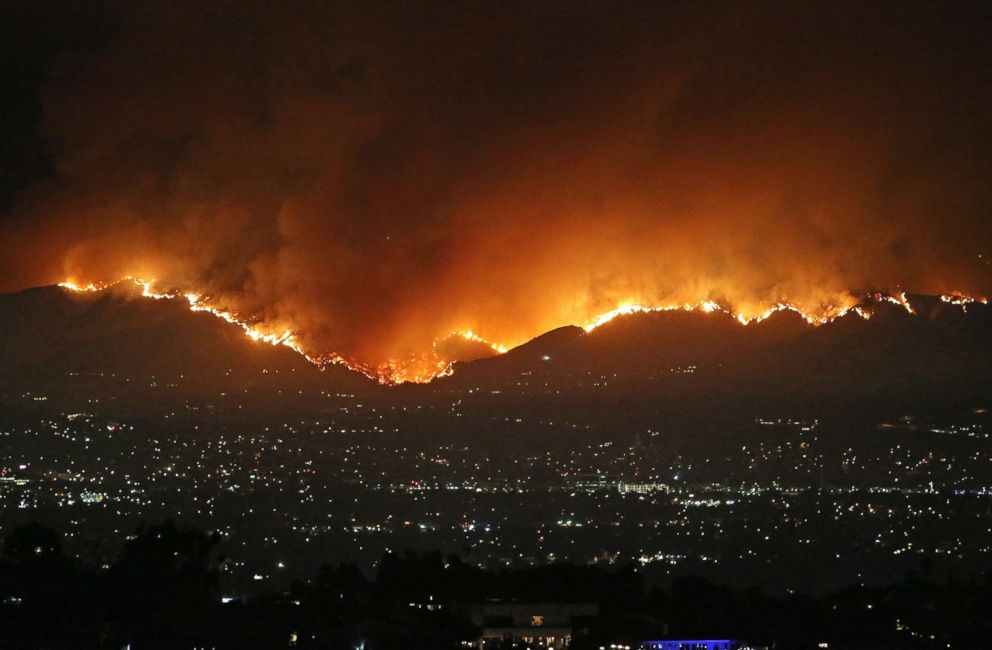It has been heavy news, one after another, with the California wildfires alone (not to mention the numerous destructive hurricanes this summer). We thought we'd share this incredible story of survival (of both humans and pets) for a glimpse at the silver-linings that can exist during such tremendous disasters. Added bonus, the story reveals how strategic, controlled grazing can literally save lives!
From the Source:
"What they discovered was both the worst and the best of outcomes. The house was gone, the trucks were gone, everything was ash and gray.
Except for the goats.
All eight of them had survived. Odin did, too, limping, with singed fur and melted whiskers. But his tail still wagged. Hendel thinks he knows what happened."
"As he shuffled through some things — watching objects disintegrate into ash as he poked at them — he heard the noise. It was unmistakable: a bleat that could only come from a goat. There, standing in the drive were Lucy and Ethel, singed and hungry and fine. Somebody, probably the firefighters, had even left them a bowl of water. He has no real idea how they survived, only a theory.
'All I can think is the pasture was just low grass and so the fire couldn't sustain itself there.'"















